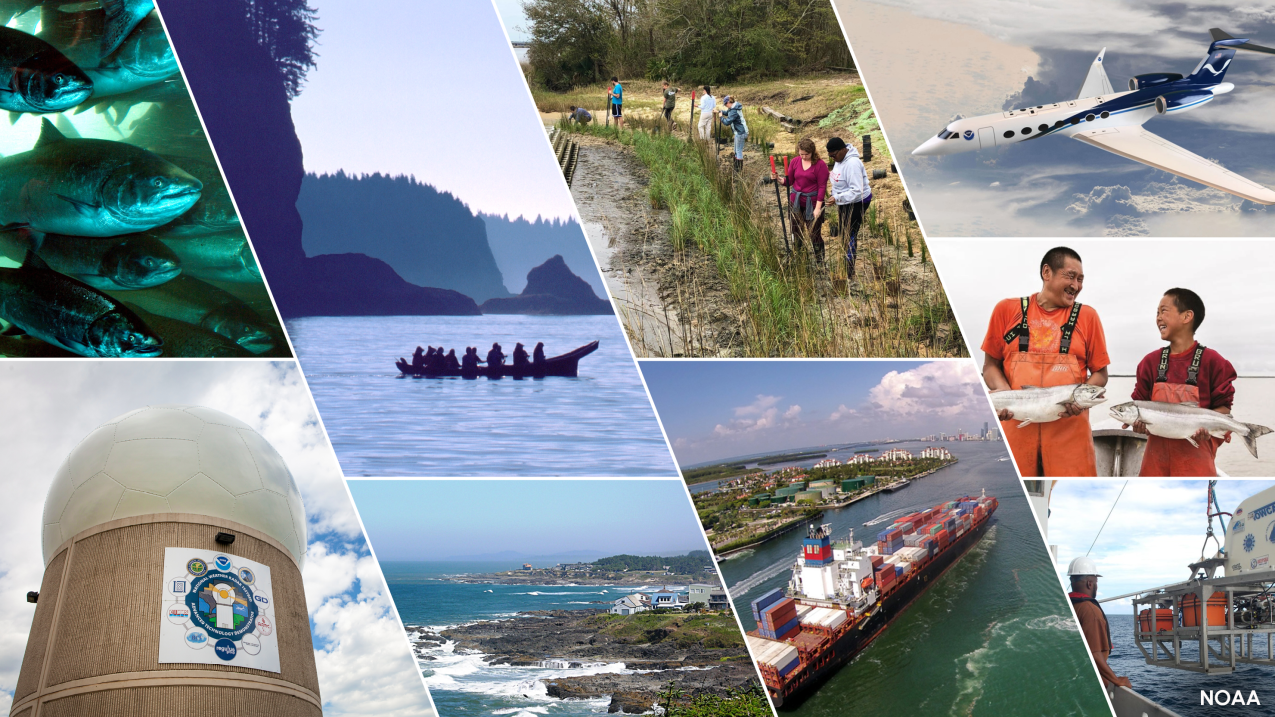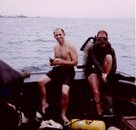Copied or not, nice summary - Thanks.
I know that NAUI sanctioned Nitrox training for recreational divers in 1992 (I believe this was the first Traning Organisation to sanction Nitrox diving).
Umm, sort of. NAUI likes to embellish this story, it was more like 1997 when they adopted it as mainstream. Prior to that, if you were a NAUI instructor and you wanted to teach nitrox, you needed to be a nitrox instructor with another agency (IAND) and then get approval to teach it.







